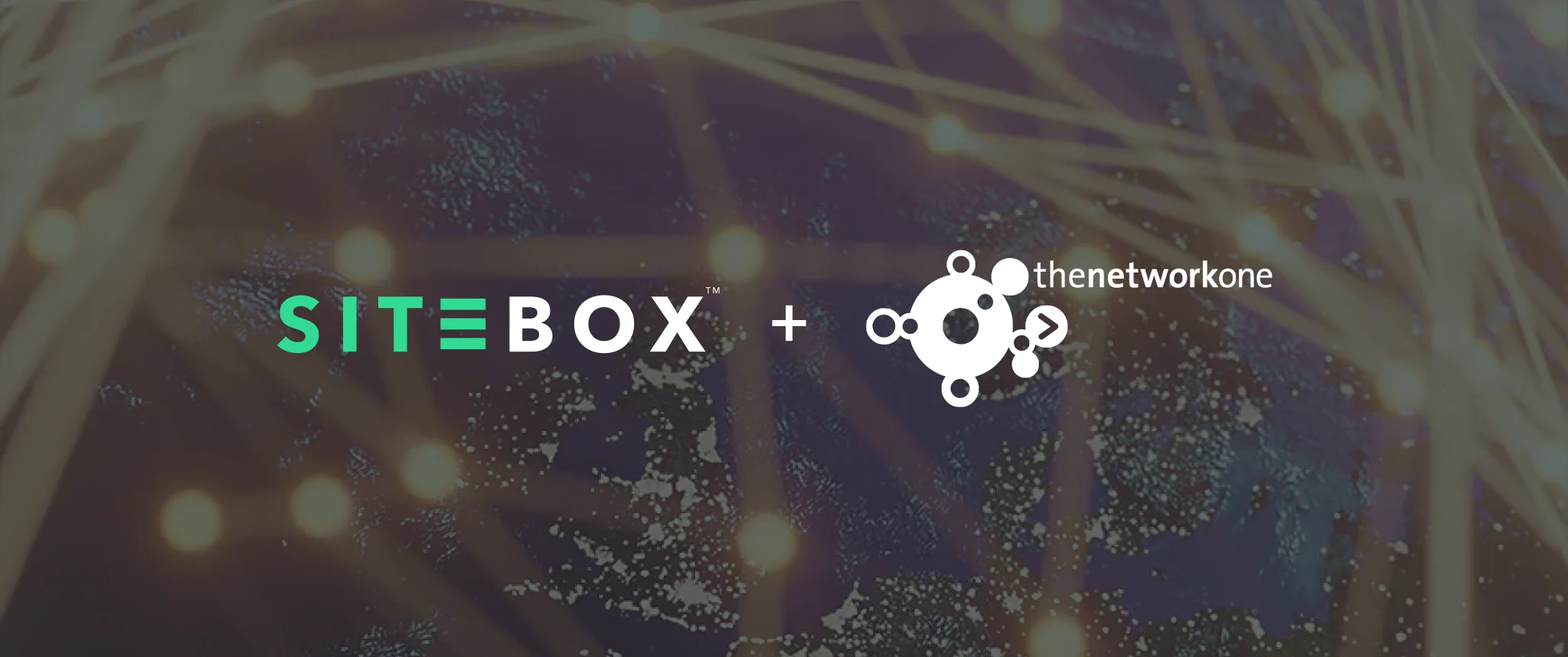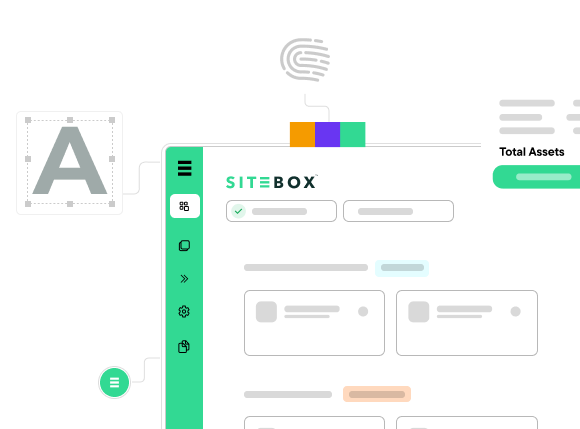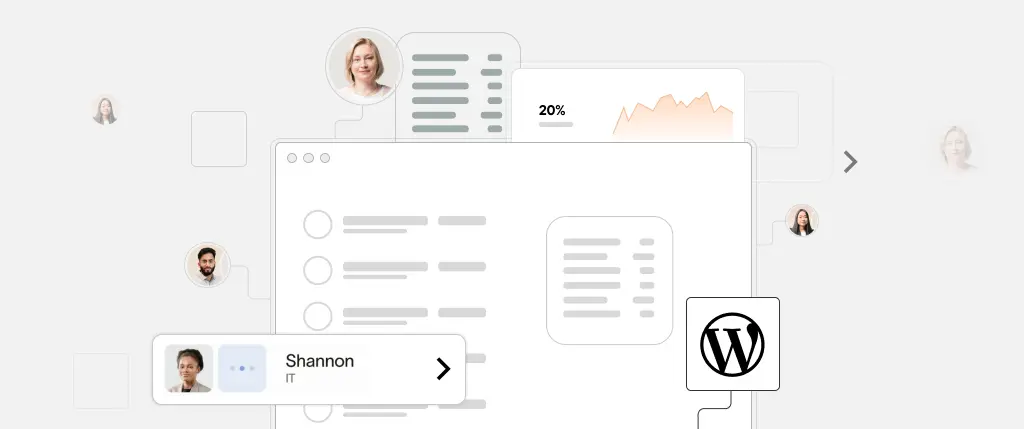Design systems for engagement and conversion are more than just a visual toolkit—they’re a strategic approach to digital consistency, user trust, and scalable development. For agencies working with multiple WordPress clients, design systems ensure that every website delivers a cohesive, optimized user experience while significantly reducing production time.
This article explores how design systems can transform the way agencies deliver results, improve collaboration, and drive better engagement and conversions across digital platforms.
Understanding the Problem: Why Consistency Matters
Many websites fail to meet their conversion goals not because of poor ideas, but due to inconsistent design and inefficient execution. Common issues include:
🌀 Inconsistent User Experiences
Without a unified design approach, users may encounter:
- Different fonts, buttons, and color schemes across pages
- Confusing navigation patterns
- Misaligned branding elements
These inconsistencies damage trust and reduce user satisfaction, leading to higher bounce rates and fewer conversions.
🐢 Inefficient Development Workflows
Developers often find themselves:
- Recreating the same components multiple times
- Struggling to align with designers’ expectations
- Debugging inconsistencies across site versions
This slows down timelines and makes scaling difficult for growing agencies.
Benefits of Design Systems for Engagement and Conversion
Design systems solve these challenges by creating a single source of truth for design and development teams. The benefits are substantial:
🤝 Streamlined Collaboration
Design systems provide:
- Standardized component libraries
- Shared documentation for design decisions
- Clear communication between design, development, and QA teams
This alignment reduces misunderstandings and speeds up feedback loops.
🎯 Enhanced User Experience
Users benefit from:
- Predictable UI elements
- Seamless navigation
- Cohesive visual storytelling
This consistency boosts user trust and makes them more likely to convert, whether it’s filling out a form or completing a purchase.
🚀 Faster Development Times
Reusable components—built once and used everywhere—mean:
- Less repetitive coding
- Easier testing and maintenance
- Faster onboarding for new team members
Agencies can deliver client projects faster, with fewer bugs and less rework.
Implementing Design Systems in WordPress Projects
WordPress is flexible enough to support robust design systems. Here’s how to integrate them into your workflows:
1. Start with a Style Guide
Create a foundational document that defines:
- Typography (headings, body text, button labels)
- Color palette (primary, secondary, accent, background)
- Spacing and grid systems
- Logo usage and imagery guidelines
Tools like Figma or Adobe XD can help you visualize and maintain the style guide.
2. Build a Component Library in Gutenberg
Using the Gutenberg block editor, you can create:
- Custom blocks for CTAs, forms, testimonials, etc.
- Patterns that standardize page layouts
- Block variations with built-in styles
Plugins like Reusable Blocks Extended or Block Visibility allow you to manage and reuse these components across client sites.
3. Use Design System Tools and Frameworks
- Storybook: Document components and make them interactive for developers and clients
- Pattern Lab: Manage atomic design principles
- Framer or Zeroheight: Sync design tokens with live components
These tools improve visibility and allow teams to work from a shared framework—no matter the project size.
📈 Case Study: A Tech Company Improves Engagement by 30%
A B2B technology company partnered with a WordPress agency to implement a complete design system. The project involved:
- Creating a shared design library in Figma
- Building Gutenberg blocks based on the style guide
- Using Storybook to document and test components
Results within 3 months:
- 🔼 30% increase in user engagement metrics
- ⏱️ 40% reduction in development time for new landing pages
- ✅ Improved brand consistency across 5 product lines
Key Takeaways for Digital Agency Owners
Design systems aren’t just for big enterprises. Agencies of all sizes can gain measurable value by adopting this approach:
- Invest in design systems to unify your client projects
- Leverage reusable components to reduce time-to-launch and maintenance costs
- Focus on consistency to create frictionless user experiences and improve engagement
- Use modern tools like Gutenberg, Storybook, and Figma to stay organized and agile
How SiteBox Supports Design System Implementation
SiteBox makes it easier to roll out design systems at scale. Agencies benefit from:
- 🧩 Git-based workflows for versioning reusable blocks and templates
- 🎨 Support for design tokens and style guides across WordPress environments
- 🚀 Instant deployments for component updates across multiple client sites
Whether you’re managing 5 or 50 websites, SiteBox helps bring structure, speed, and scalability to your design strategy.
Conclusion
Design systems for engagement and conversion are a game-changer for agencies that want to work smarter and deliver better results. With a unified approach to design and development, you not only improve user experiences but also unlock the ability to grow and scale without sacrificing quality.




